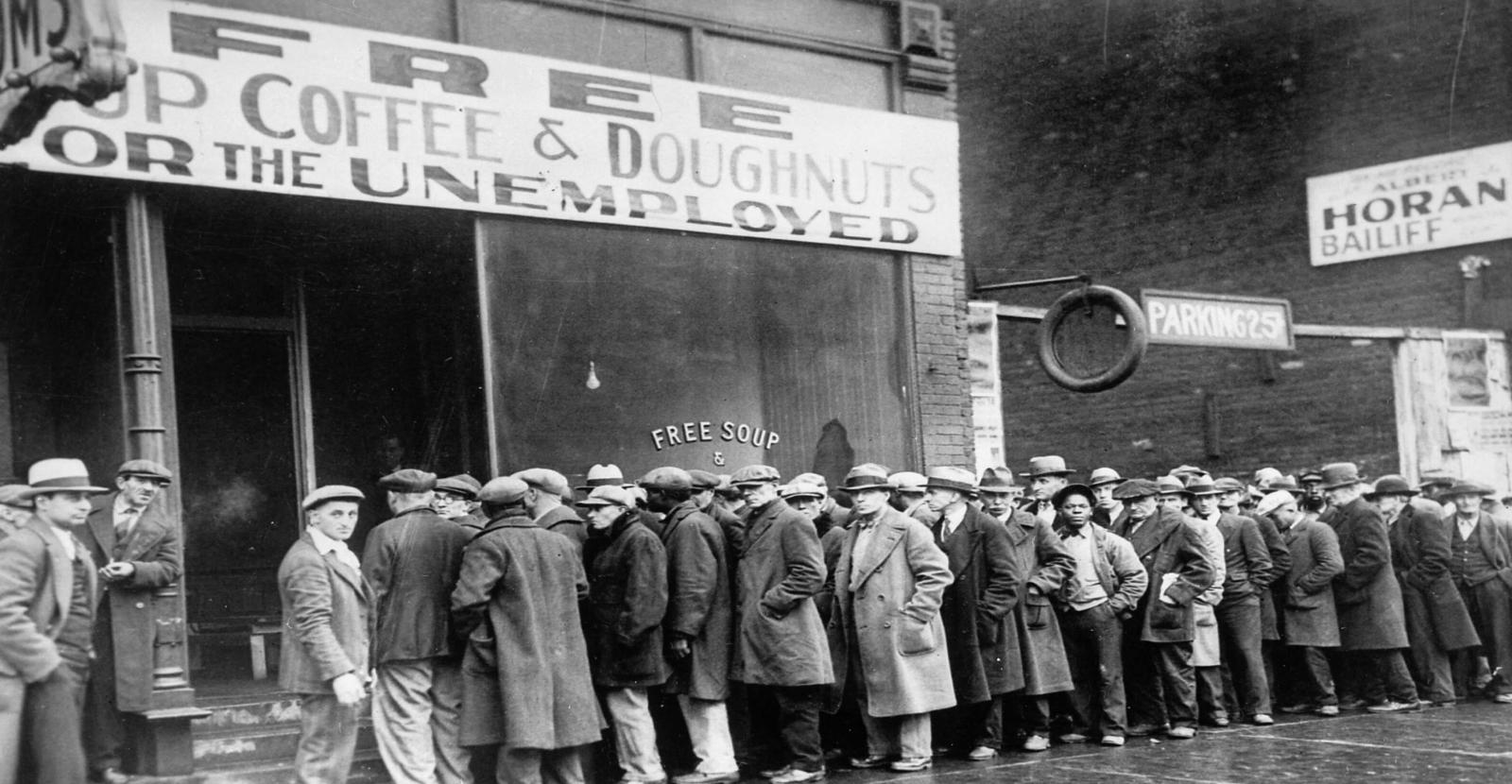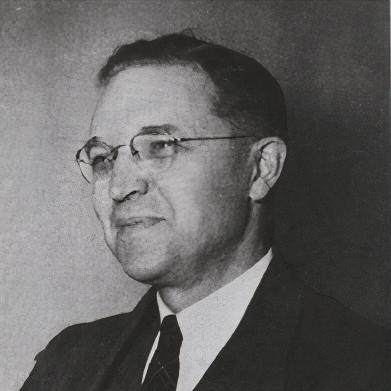A devoted public servant comes to Princeton
The economist J. Douglas Brown, a devoted public servant and champion of a strong social safety net, joined Princeton in 1926. That same year, he was named the inaugural IR Section director. Brown led the IR Section until 1955. In his time at Princeton, he also served as Dean of the Faculty from 1946 to 1966 and as the university’s first provost from 1966 until his retirement in 1967.

Intensifying the study of economic insecurity
During his tenure at Princeton, Brown completed several stints of public service, beginning with his 1930 appointment to President Herbert Hoover’s Emergency Committee for Employment. Hoover was dissatisfied, however, with the degree of change proposed by committee members. After only a few months, Hoover disbanded the committee and Brown came back to Princeton with “a deep sense of the immensity of the problem of insecurity” and a determination to “put our staff at the Industrial Relations Section to work on what could be done.” (1)
Archived: J. Douglas Brown correspondence and activities, 1930-1934
J. Douglas Brown works with FDR to bring Social Security to life

In 1934, Brown was on vacation when he received a letter requesting that he come to Washington to join President Roosevelt’s Committee on Economic Security. Assigned to the working group on economic insecurity in old age, Brown and his colleagues soon became convinced that the country needed a solution to what was, in his words, “a great secular trend which the current depression had, for the first time, made all too apparent.”
Brown and his fellow committee members Barbara Armstrong (Professor at the University of California Law School) and Murray Latimer (member of the Industrial Relations Counselors in New York) set to work with the goal of building a program that was not only optimally designed but also constitutional and politically-feasible. A year later, Brown and his fellow committee members succeeded in passing the legislation that created the Social Security Program
Over the next several decades, Brown–who is often called the “Father of Social Security”–stayed active in efforts to improve and expand social security programs. From 1934-1935, Brown chaired the first Federal Advisory Council on Social Security. He returned to serve on the council several more times, in 1947-1948, 1957-1958, 1963-1964, and 1969-1971.
Read Brown’s 1963 remarks on the origins of Social Security.
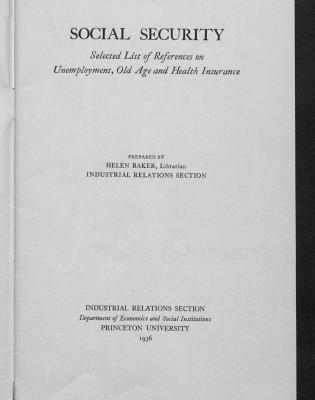
Richard Lester’s early commitment to unemployment insurance
In 1936, Richard Lester–who would later become IRS director–earned his Ph.D. at Princeton with a dissertation that focused on the financing and impact of unemployment relief in New Jersey during the Great Depression.(2)
In 1963, Herman M. “Red” Somers, who was a faculty member with what is now Princeton’s School for Public and International Affairs (SPIA), joined the IR Section as a faculty associate. A year later, Somers’ wife, Anne R. Somers, joined the IR Section as a research associate. In the years ahead, both published extensively on topics in social insurance, especially as they related to health care. As advisors to Wilbur J. Cohen, President Johnson’s Secretary of Health, Education and Welfare, both Red and Anne Somers played key roles in creating the Medicare program in 1965.
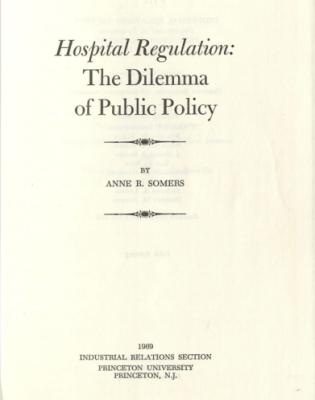
From New Jersey to the Kennedy White House, Richard Lester leads the way on unemployment insurance
Now a national expert on unemployment insurance, IR Section Director Richard Lester was asked to help draft the 1958 N.J. Unemployment Compensation Act. From 1955-1965, he served as chairman of the N.J. Employment Security Council. Later, Lester was also called on to advise President Kennedy on issues in unemployment compensation, the minimum wage, and other labor issues.
Read "The Economics of Unemployment Compensation” by Richard Lester (Industrial Relations Section,1962)
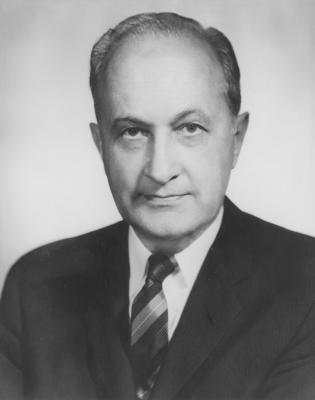
Studying–and strengthening–the modern social safety net

IR Section faculty members and researchers continue to study the design of our social safety net and how social programs like unemployment insurance (UI) interact with the labor market.
Alexandre Mas, who served in the Obama administration as both Chief Economist at the Department of Labor and as Associate Director for Economic Policy and Chief Economist at the Office of Management and Budget, is one of today’s leading experts on unemployment insurance and fairness considerations and norms in the labor market. Mas served as IR Section director from 2017-2021.
Additional reading:
Chapter: Alan Krueger: Labor supply effects of social insurance program (2002)
Paper: Alexandre Mas: How UI cuts impact job seekers and the labor market (2018)
Paper: David Lee: Measuring the budgetary impact of UI policy changes (2021)
Notes:
1) Brown 1963 Speech
2) LESTER, R. A. (1936). Some Aspects Of Unemployment Relief In New Jersey. Dissertation. Princeton University.

